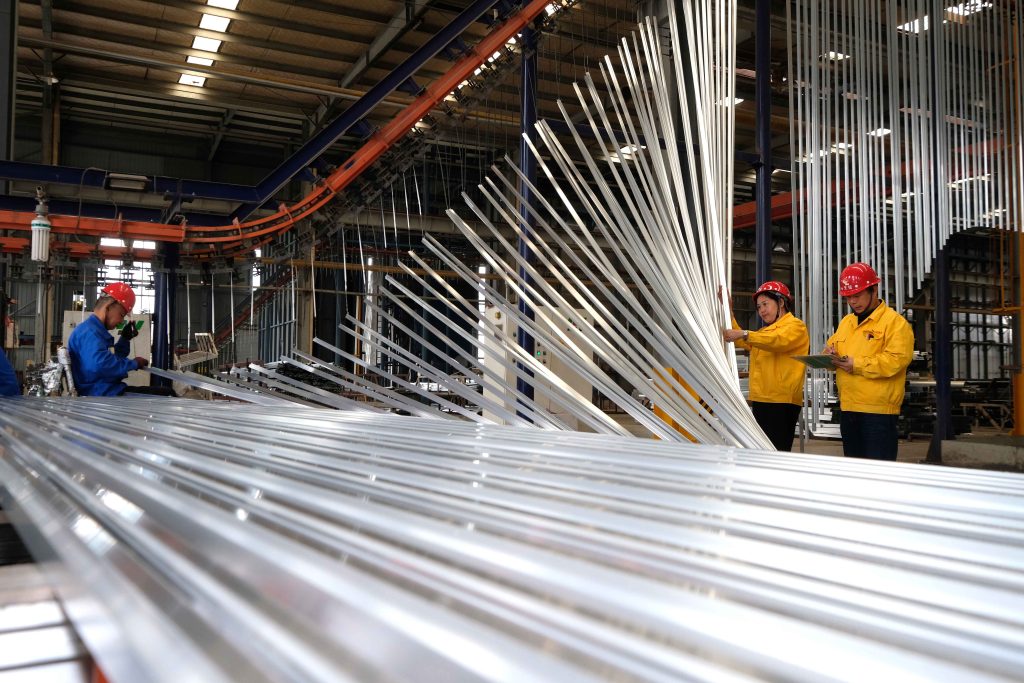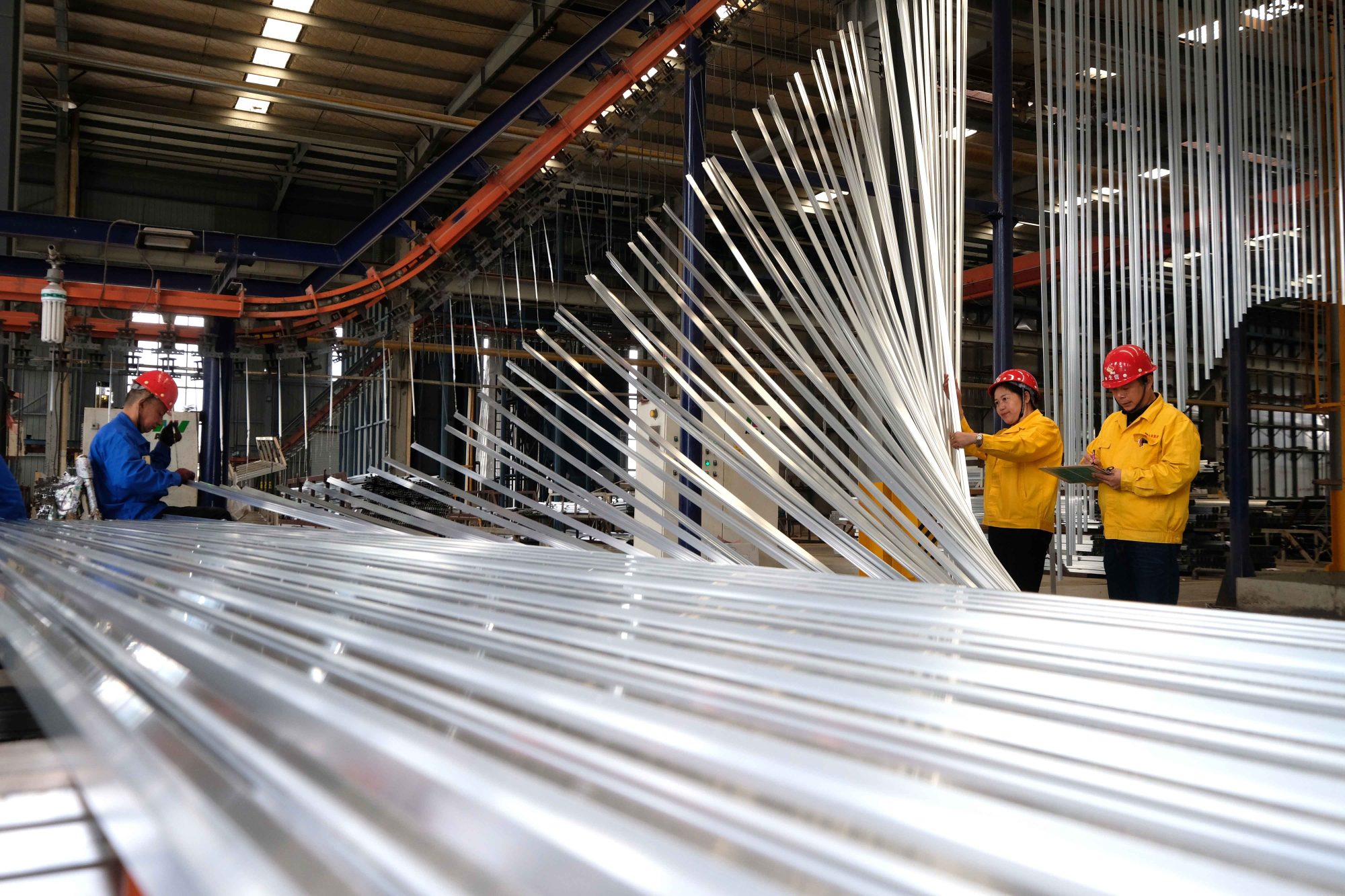Introduction
Aluminum plays a crucial role in the global market due to its widespread use in various industries, from construction to electronics. For industries and investors alike, understanding the factors that influence aluminum prices is essential for making informed decisions. This article delves into the key elements that drive the fluctuations in aluminum prices, providing a comprehensive overview of what affects this important commodity.
Supply and Demand
The basic principles of supply and demand are fundamental to determining the price of any commodity, including aluminum. When the supply of aluminum exceeds the demand, prices tend to fall. Conversely, if the demand for aluminum outstrips supply, prices are likely to rise. Market conditions such as production rates, global demand from various industries, and inventory levels all play a role in shaping the supply and demand dynamics of aluminum.
Raw Material Prices
Aluminum production relies heavily on raw materials like bauxite and alumina. Fluctuations in the prices of these raw materials directly impact the cost of producing aluminum. For instance, a rise in bauxite prices will increase production costs, leading to higher aluminum prices. Monitoring trends in raw material markets is crucial for predicting changes in aluminum prices.
Energy Costs
Electricity is a major component in the aluminum smelting process. Changes in energy prices can significantly affect the cost of aluminum production. For example, an increase in electricity prices will raise production costs, resulting in higher aluminum prices. Given the energy-intensive nature of aluminum production, fluctuations in energy costs are a critical factor in pricing.
Macroeconomic Factors
As an industrial raw material, aluminum is deeply intertwined with the economic development cycle. Economic growth, investment activities, and changes in consumption levels all influence the demand for aluminum. During periods of economic expansion, the demand for aluminum typically rises, pushing prices up. Conversely, during economic downturns, demand may decrease, leading to lower prices. Keeping an eye on macroeconomic trends can provide valuable insights into future aluminum price movements.
International Trade Policy
Trade policies, including tariffs, quota restrictions, and other measures, can significantly impact the import and export of aluminum, thereby affecting its price. For example, the imposition of tariffs on aluminum imports can reduce supply in certain markets, driving up prices. Recent changes in international trade policies, such as the US-China trade war, have had notable effects on aluminum prices globally.
Environmental Policy
Environmental protection requirements have imposed stricter regulations on the aluminum production process, particularly in terms of reducing carbon emissions and energy consumption. Compliance with these regulations often increases production costs, which in turn can lead to higher aluminum prices. For instance, the implementation of carbon trading schemes in various countries has raised the cost of aluminum production, influencing global prices.
Technological Innovation
Technological advancements and process innovations in aluminum production can enhance efficiency and quality, thereby affecting supply and costs. New technologies that reduce energy consumption or improve the extraction and processing of raw materials can lower production costs, potentially leading to lower aluminum prices. Staying updated with technological developments in the aluminum industry is essential for understanding their impact on pricing.
Conclusion
Understanding the factors that affect aluminum prices is crucial for anyone involved in industries that rely on this versatile metal. From supply and demand dynamics to raw material prices, energy costs, macroeconomic trends, trade policies, environmental regulations, and technological innovations, numerous elements play a role in shaping aluminum prices. By keeping track of these factors, industries and investors can make better-informed decisions and anticipate future market trends.

